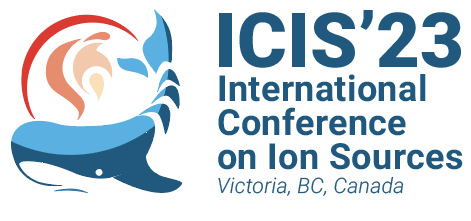Speaker
Description
The Laser Ion Source (LIS) can generate ion beams of various elements, including metals with high melting points. Since rapid beam switching is possible by loading multiple solid targets, we are developing LIS with the goal of mounting it in the 400 kV ion implanter, which requires a wide variety of ion species.
LIS can generate a high current ion beam by increasing laser energy. Also, by increasing the laser repetition rate, a large average current can be obtained. However, this method has the problem of consuming a significant amount of the target during long operation periods. In addition, since LIS plasma has a wide angular distribution, only a fraction of the plasma is used to produce an ion beam, and most is lost in the chamber. In order to obtain large current with relatively small laser energy and low target consumption, we are studying the use of a taper solenoid magnet near the plasma generation point to suppress plasma diffusion and increase the fraction of plasma converted into a beam. In the conference, we will report the results of simulation of plasma trajectory in a tapered solenoid magnetic field using the Particle-In-Cell (PIC) method.
This work was supported by JSPS KAKENHI Grant Number 21H03749.
| Email Address | hosoya.seiji@qst.go.jp |
|---|---|
| Presenter if not the submitter of this abstract | Hirotsugu Kashiwagi |

